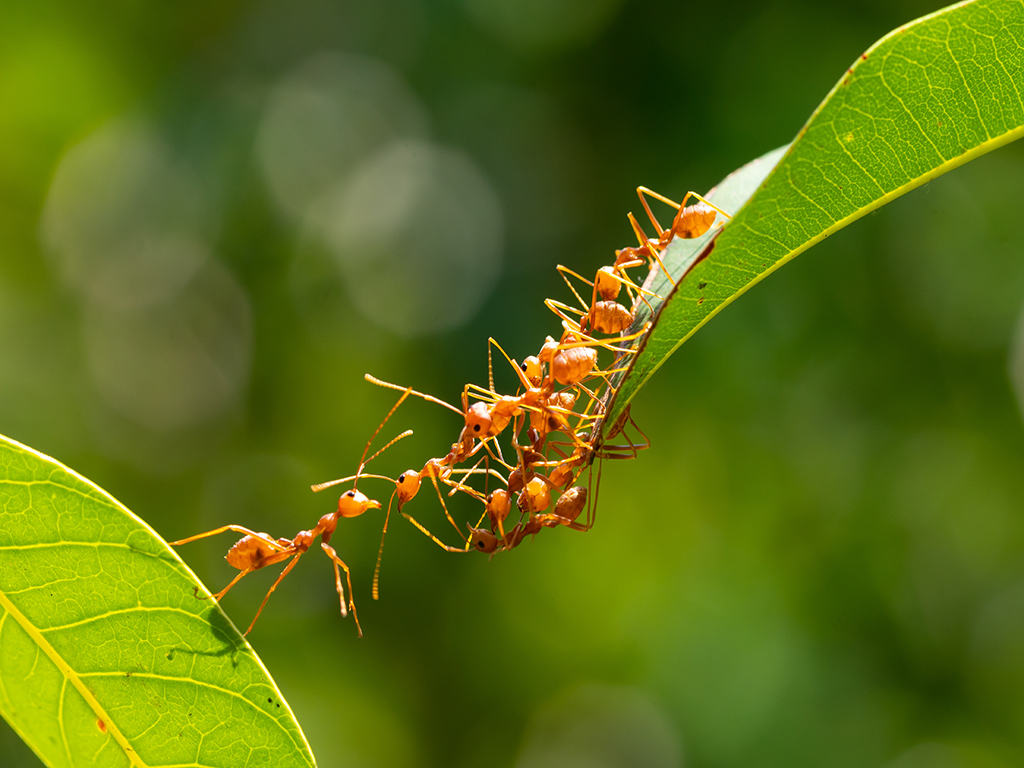Ant behavior inspires autonomous material assembly research

The survival strategies employed by one of the most aggressive, territorial and venomous ant species may pave the way to revolutionize robotics, medicine and engineering.
Fire ants survive floods by temporarily interlinking their legs to create a raft-like structure, allowing them to float collectively to safety as a unified colony and then releasing to resume their individual forms.
Drawing inspiration from this natural process, researchers at Texas A&M University discovered a method that allows synthetic materials to mimic the ants’ autonomous assembly, reconfiguration and disassembly in response to environmental changes such as heat, light or solvents.
Researchers utilized shape-changing polymer ribbons that can self-assemble, change their volume, and dissemble as needed by using responsive hydrogels, liquid crystal elastomers, or semicrystalline polymers that can bend or twist.
This method allows for creating and manipulating structures in challenging environments, like the human body, without invasive procedures. By using responsive hydrogels, liquid crystal elastomers or semicrystalline polymer ribbons that bend and twist, a solid biomaterial can disassemble into a form that moves like a liquid for injection and then reassemble once it’s in place.
“We already have materials that could change in form, but we thought it would be really cool if many individual particles of materials could work together to form structures like ants do,” said Dr. Taylor Ware, College of Engineering. “You can see in nature documentaries that ants form bridges, rafts and other things, but what’s also important is they can let go and go back to being an ant. The reversible shape change of the responsive polymers enables similar behavior in purely synthetic systems.”

